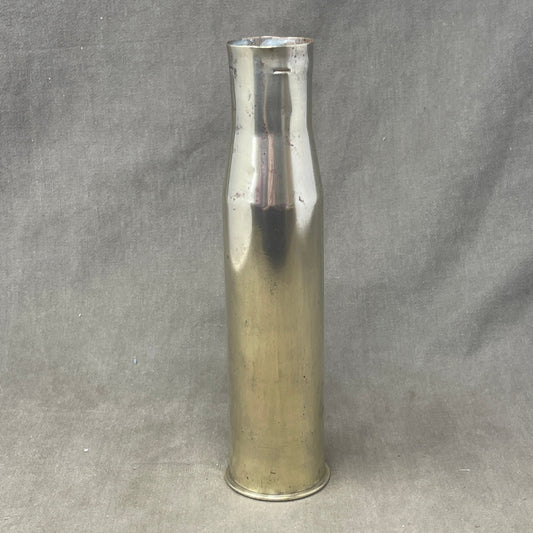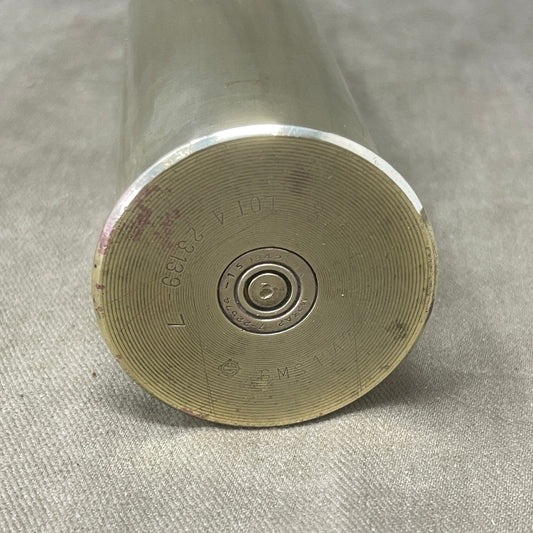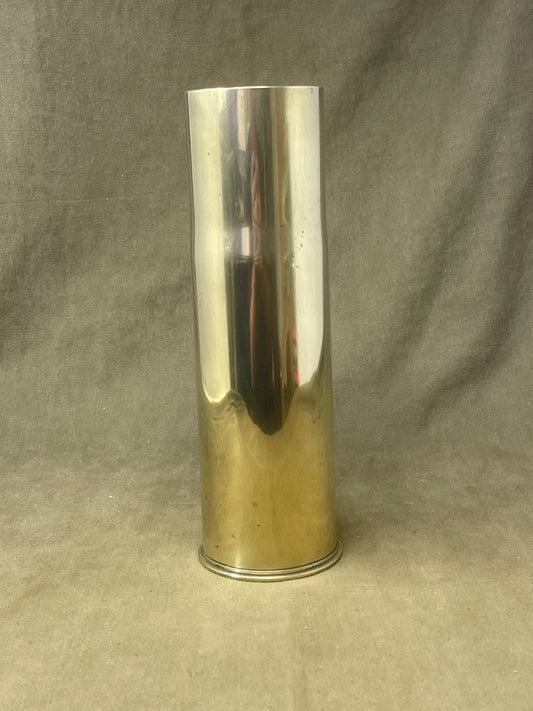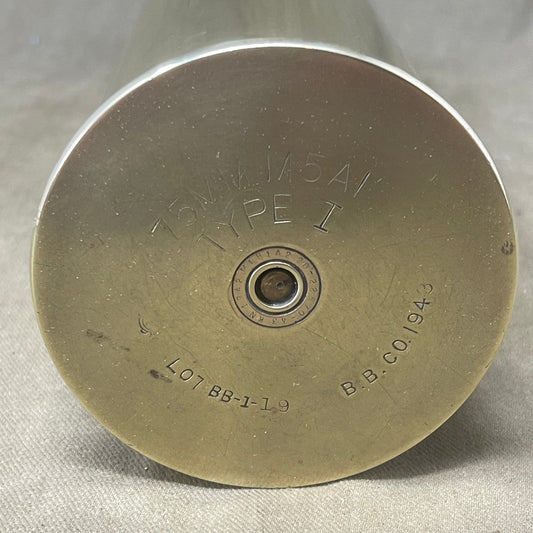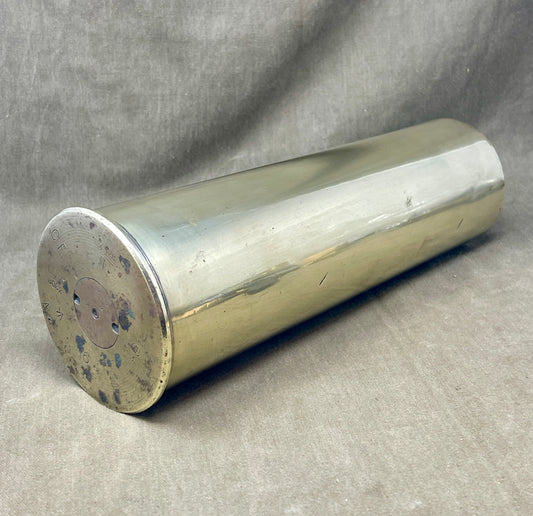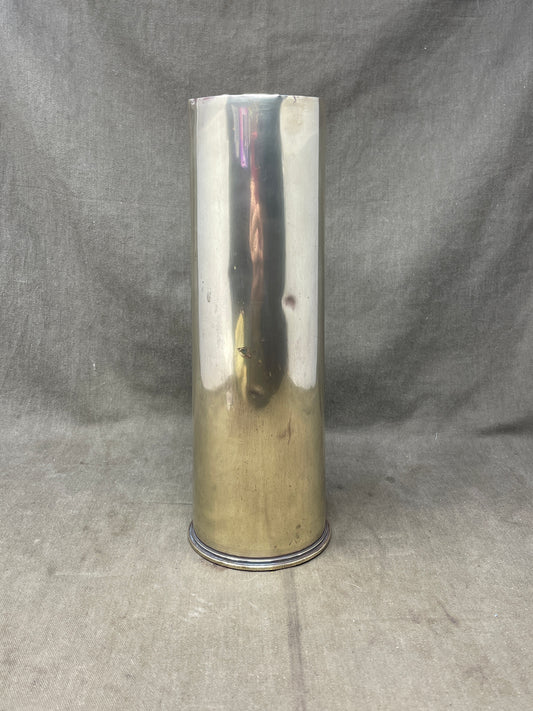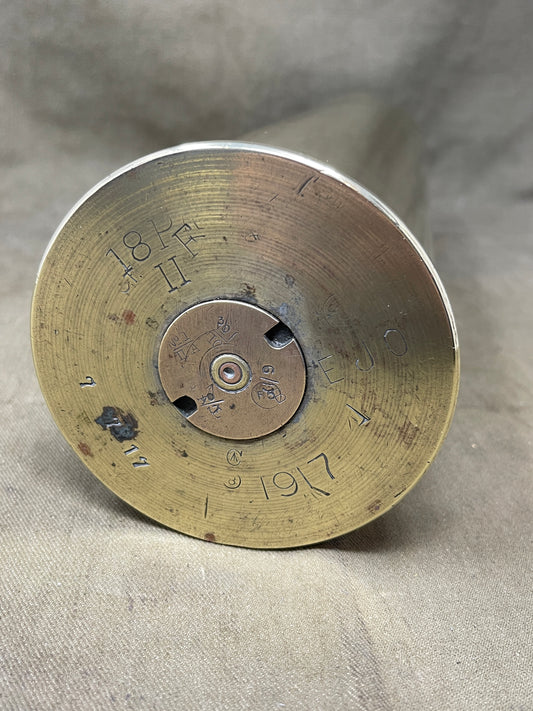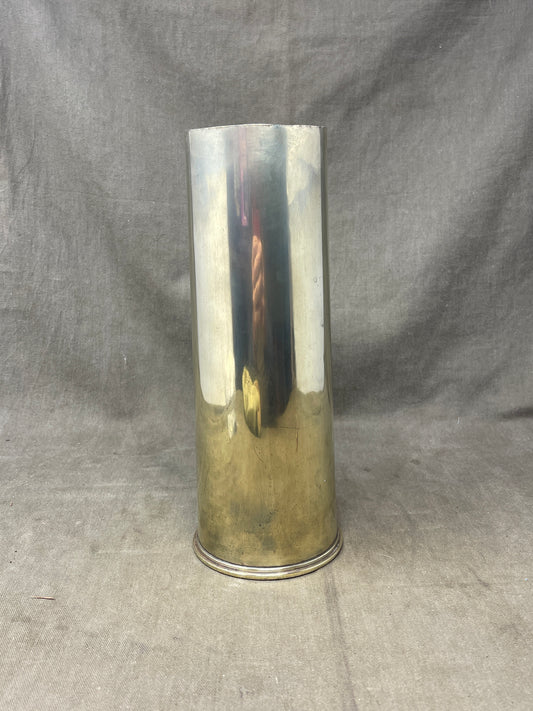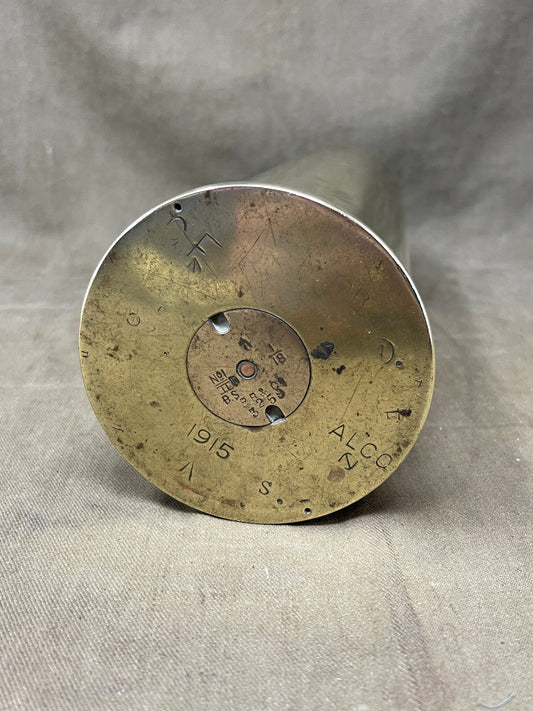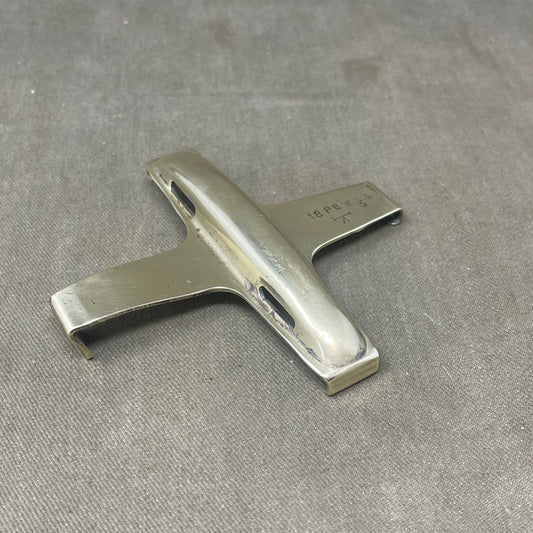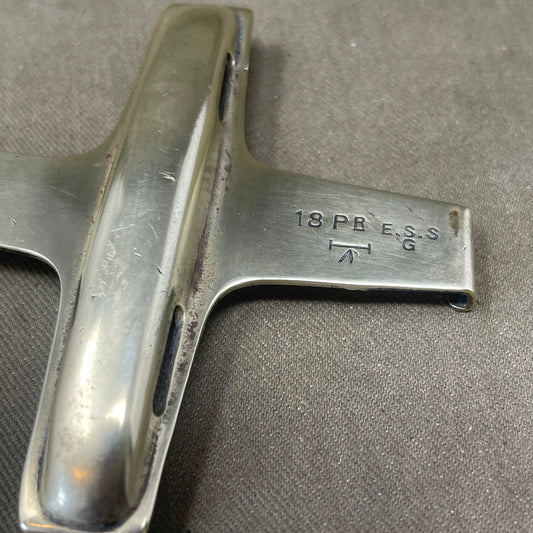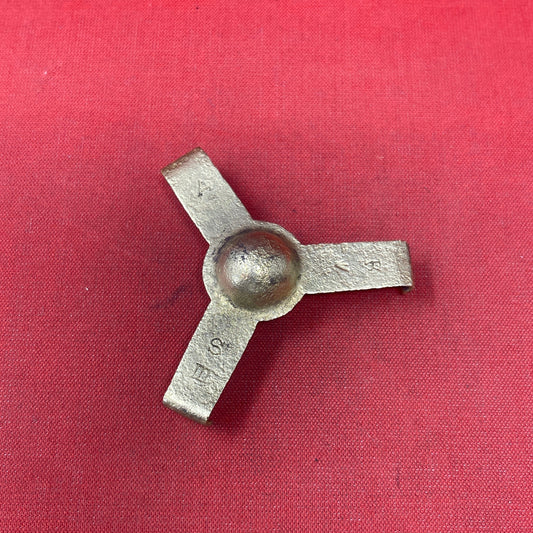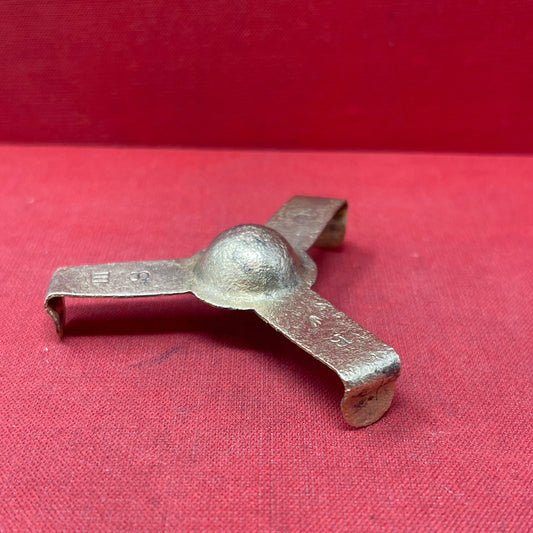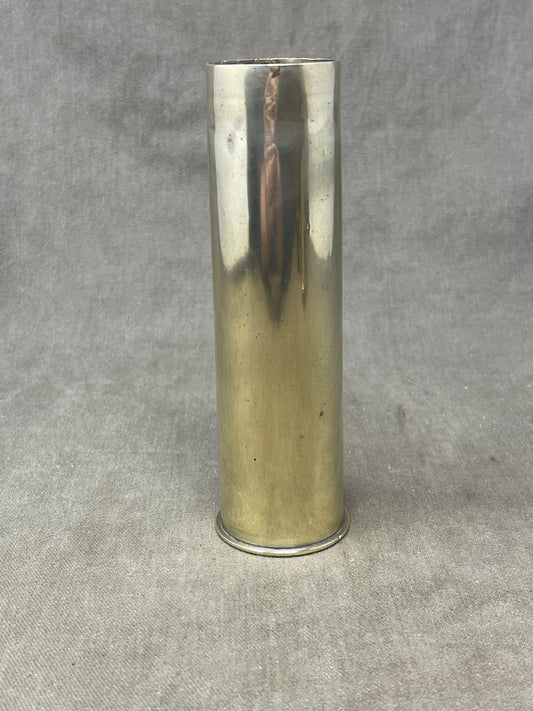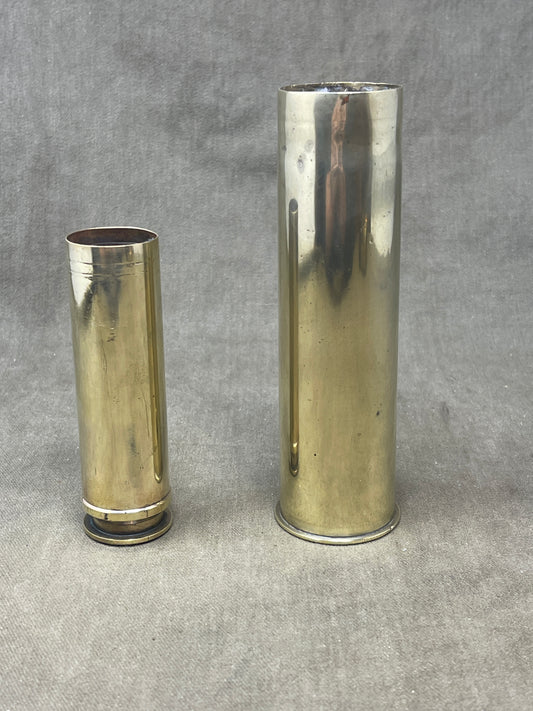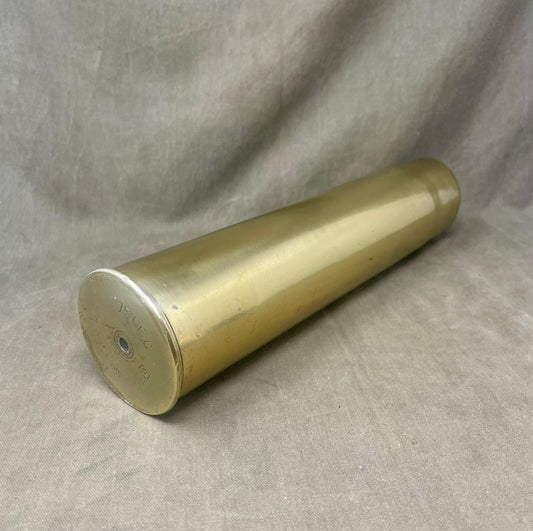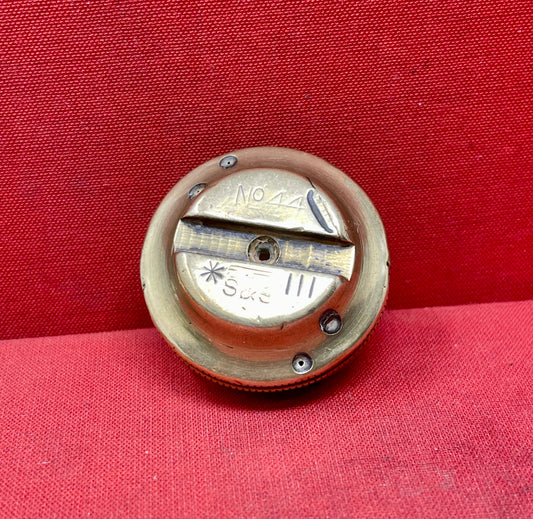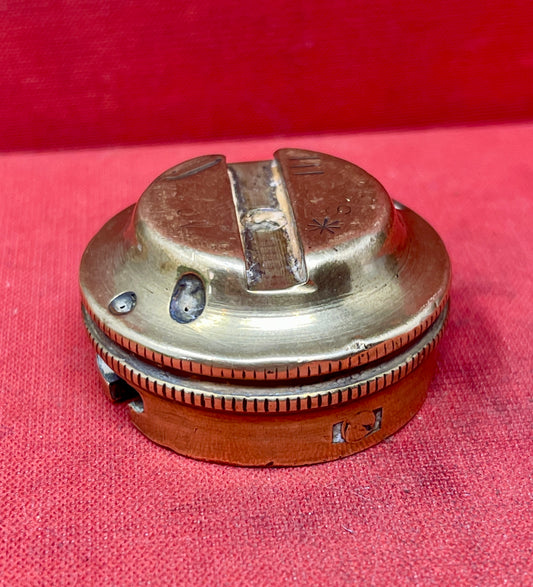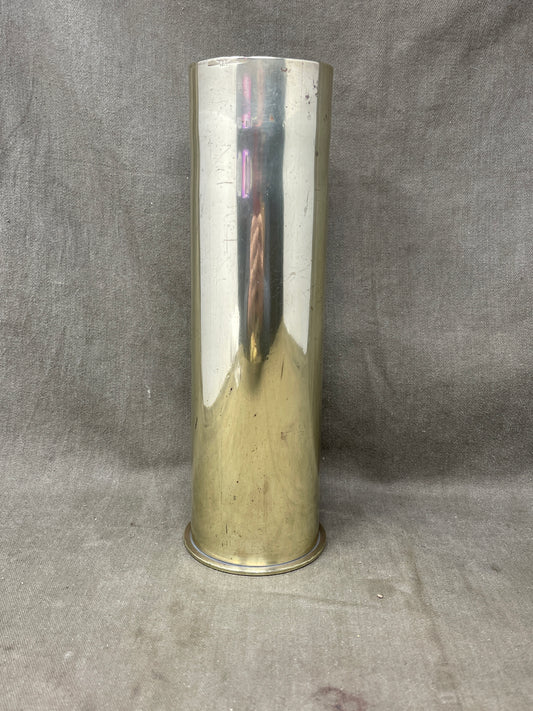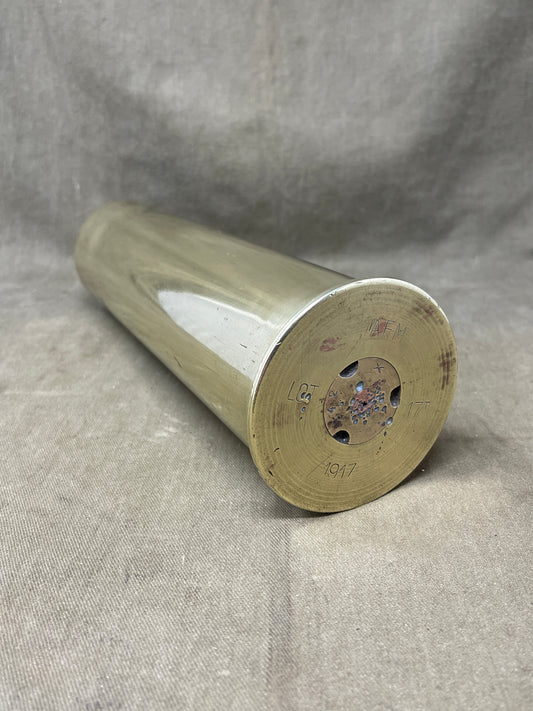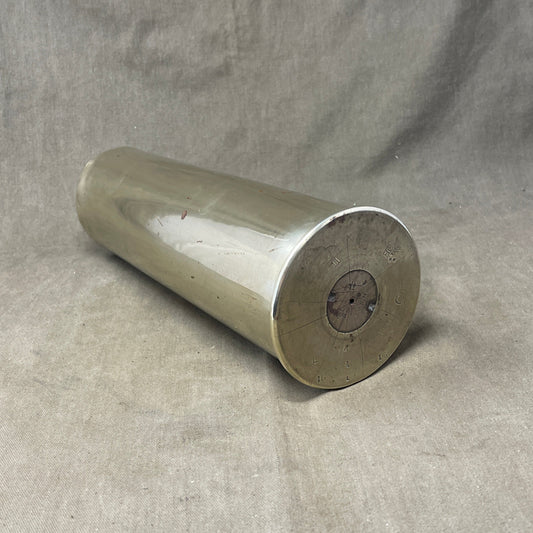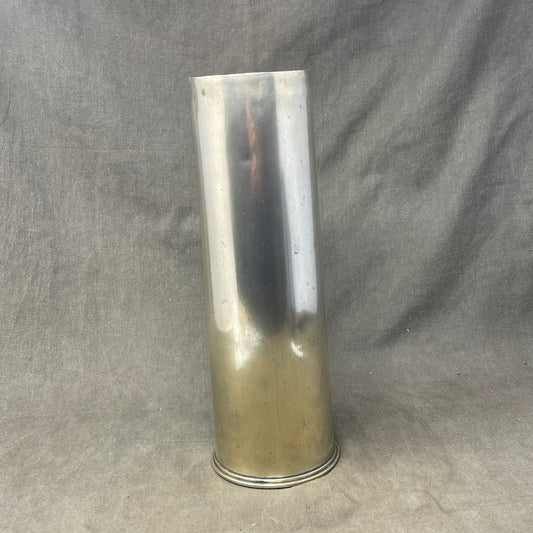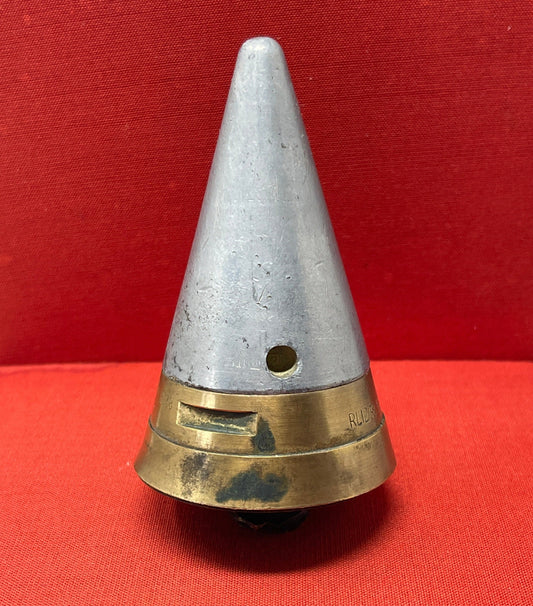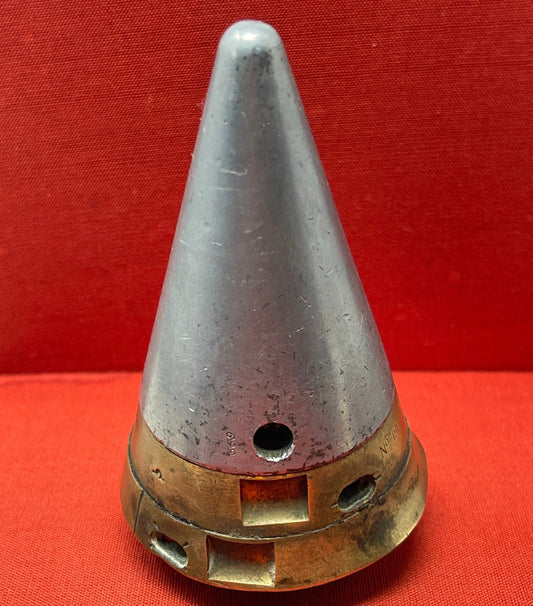-
US Army WW2 37MM M16 Brass Cartridge Case : 1942
Regular price £55.00 GBPRegular priceUnit price per -
US 75mm M5A1 Type 1 Howitzer Shell Case 1943 Dated B.B.Co
Regular price £70.00 GBPRegular priceUnit price per -
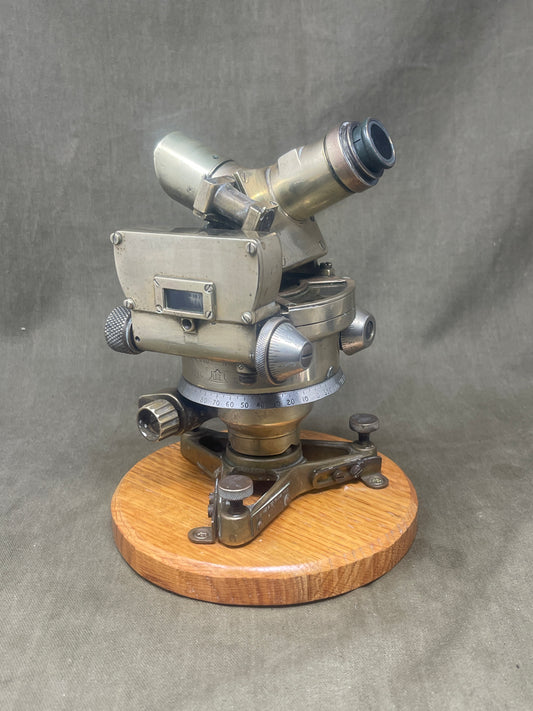
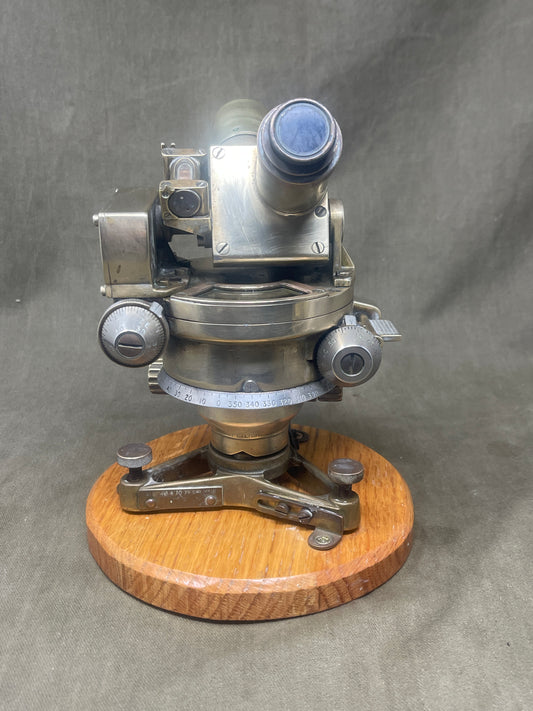 Coming Soon
Coming SoonBritish 1940 Dated Artillery Director No 7 MkII
Regular price £320.00 GBPRegular priceUnit price per -
WW1 18-Pounder Brass Cartridge Case for British QF 18-Pounder Gun (1916)
Regular price £85.00 GBPRegular priceUnit price per -
WW1 18-Pounder Brass Cartridge Case for British QF 18-Pounder Gun (1916)
Regular price £80.00 GBPRegular priceUnit price per -
WW1 18-Pounder Brass Cartridge Case for British QF 18-Pounder Gun (1915)
Regular price £68.50 GBPRegular priceUnit price per -
WW1 British 18-Pdr Shell Primer Protection Clip E.S.S.G
Regular price £48.00 GBPRegular priceUnit price per -
WW1 British 3-Pdr Shell Primer Protection Clip
Regular price £34.00 GBPRegular priceUnit price per -
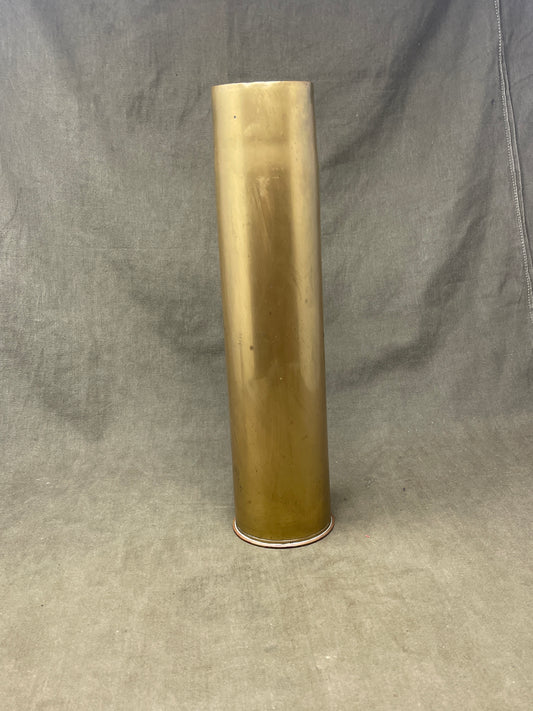
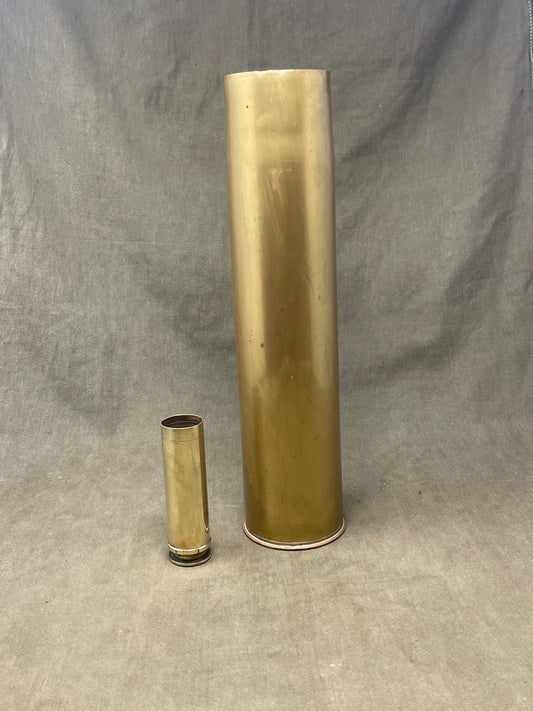 Coming Soon
Coming SoonFrench 75mm 1897 Field Gun Shell Case
Regular price £54.00 GBPRegular priceUnit price per -
WW2 1937 Naval 2 Pounder Pom-Pom Gun No1 MkII Cartridge Shell Case
Regular price £54.00 GBPRegular priceUnit price per -
French WW1 75mm Mle 1897 Field Gun Shell Case – Inert
Regular price £60.00 GBPRegular priceUnit price per -
American WWI 75mm Field Gun Brass Case 75×350R | Lot 17181-54_H Lot 1270-68 US 18 1425-845
Regular price £60.00 GBPRegular priceUnit price per -
US Army WW2 37MM M16 Brass Cartridge Case : 1942
Regular price £55.00 GBPRegular priceUnit price per -
Original WW1 No44 Percussion Fuze Brass Cap
Regular price £45.00 GBPRegular priceUnit price per -
American 75mm Field Gun Shell Case Marked AFM~American Firearms Munition Dated 1917
Regular price £82.00 GBPRegular priceUnit price per -
WW1 1914 Dated 18 Pdr Brass Shell Case
Regular price £68.50 GBPRegular priceUnit price per -
WW2 British No 199 Mk IV Time Fuse For The British 3.7 Inch Anti-aircraft Gun.
Regular price £56.00 GBPRegular priceUnit price per

